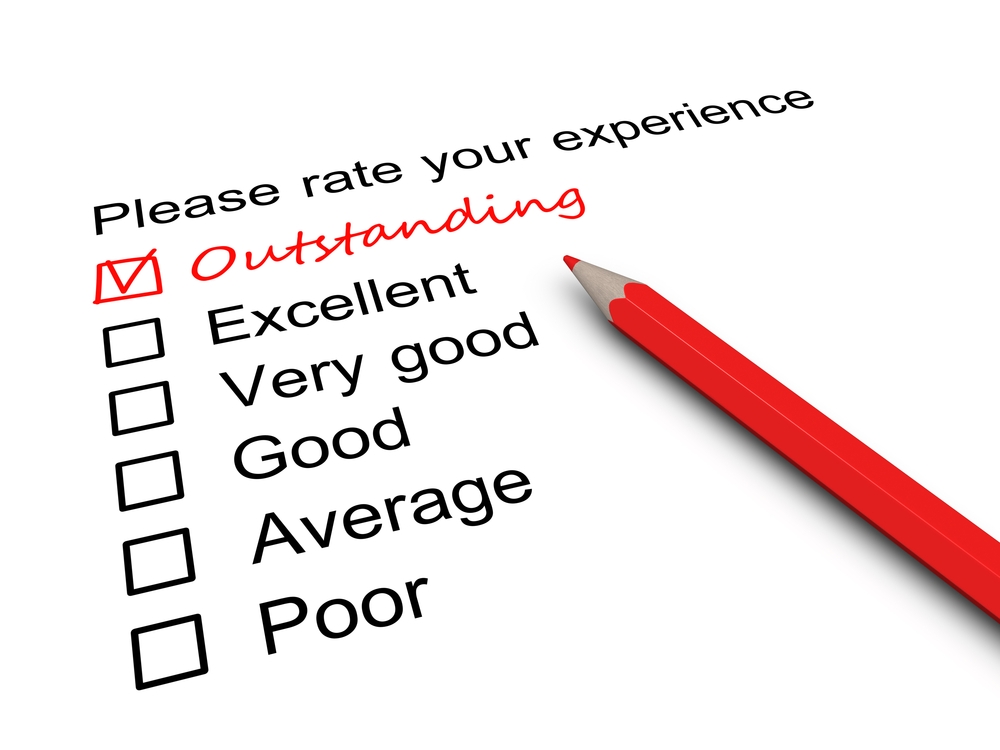Jonathan MacDonald, a noted author and expert on change management, once said, “Change is the only certainty. Today is the slowest rate of change we will ever experience. And those who are most adaptive to change stand the greatest chance of survival.”
The accounting world is changing dramatically – so much so that change has become “business as usual” in many firms, and the success of the business depends on how firm leaders manage and execute that change. So how are you approaching the changes happening in your firm today? If you feel like you could be doing a better job, consider taking a continuous improvement approach to leading change.
Continuous improvement is the ongoing effort to improve products, services or processes. Simply put, it means getting better all the time. As it pertains to change leadership, there are four overarching areas in which it applies.
Alignment
Having helped many firms with change management strategies throughout my career, I recognize that firm leaders must have clarity and get in alignment with their responses to the following questions:
- What is your firm’s strategy for change? It’s very difficult to manage change and hold people accountable without a strategic plan based on a shared vision. To lead change, firm leaders must spend time strategizing ways to position the firm for increased potential and growth. Annual strategic planning sessions and accountability reviews can help firm leaders get in alignment and accomplish positive change.
- Who is leading change in your firm? Every firm needs a change leader whose job it is to pave the way for others to buy in. A change leader needs to actively interact with the team, communicating early and often. To be effective, that communication needs to provide an understanding of what is changing, take into account the human response to change, and help convince people that the work is “worth it.”
- Have you included the Voice of the Client in your strategic plan? Everything you do should start with a consideration of what clients want, think, expect and value. If you aren’t listening to that voice, you risk missing the mark in your strategy, and missing opportunities to improve your work product and service delivery – both of which must be continuously improved to be competitive in a crowded marketplace.
Awareness
With the profession experiencing significant change, you need to effectively lead people through difficult times. To do so, you need to have an awareness of how people react to change.
- How is change impacting the firm’s talent? The future in an accounting firm will look different – from how the organization is structured to the components that make up the technology and talent workforce. New technologies and automation are impacting the work being done, the workforce being used, and where the work gets done. Talent is no longer just your full- and part-time employees. It includes technology and independent contractors as well.
- How are you addressing the emotional side of change? The challenge for firm leaders in this time of exponential change is that everyone reacts differently. Some get hung up on the past, others approach with hesitation, and still others embrace change and get excited about the prospect of a positive future. Think about each member of your team, how they may react to the changes you’re experiencing now and in the future. Sometimes, effective change management requires leading one person at a time.
- Do you expect 100% buy-in? Every firm wants to get their people on board and excited about the future, but assuming that everyone will get there at the same time is unreasonable. If you’re waiting for 100% buy-in to make necessary changes in your firm, you’re setting yourself up for failure. The reality is, you need to move forward. Hopefully, the hold-outs will see that the change benefited the firm and get on board.
Accountability
Holding others accountable is how leaders reinforce and communicate how much a goal matters and how much the people who will meet the goal matter.
- How are you measuring and tracking success? Measuring performance is one of the most clear and universal ways to hold people accountable. Every goal in your strategic plan should have a measurable result that allows you to track your progress over time. Revenue and profits are a given, but you may also want to track other metrics, such as leads generated by your marketing efforts, the number of hours spent meeting with clients outside of normal deadlines, etc. You’ll have to decide what makes the most sense given the goals you’ve established.
- Are success metrics visible and transparent? All of the work you put into measuring and tracking activity is meaningless unless the people involved know the numbers. Share them with your team to help drive focus and accountability.
- Are you leveraging peers and outside resources? Keeping pace with change can be difficult, especially if you’re not looking outside of your organization for new ideas and best practices. Joining a peer community can push you beyond your current limits and ensure you are on the right path.
Acknowledgment
Engaging everyone in the process of change requires acknowledging the value of each contributor within the organization.
- Are you gathering and sharing feedback effectively? All change practitioners know how important communication is to any initiative, but it must be a two-way street. People become disconnected or misunderstand what’s going on if they’re just blasted with updates. Turn communication into a loop by developing a feedback system. Listen to how people are feeling and look for ways to improve communication to keep change moving along.
- Are you acknowledging and celebrating successes? It’s essential for teams and individuals working on complex initiatives to achieve small wins regularly. Setbacks are common when you’re working through big problems, and people can become disheartened unless they can point to some meaningful achievements, even if that achievement is seemingly minor. Acknowledging and celebrating those successes, no matter how small, gives those working hard on achieving the firm’s goals an emotional uplift and helps build faith in the effort.
- Are you leading with courage? It takes courage to leave behind what is familiar, move forward with something new and push through the learning curve. Courage is the deciding factor. Get help from other successful firms and enlist the help of outside facilitators who specialize in navigating the challenges of change. If you feel like you don’t need courage, your goals aren’t big enough!
=========
Arianna Campbell is director of Boomer Consulting, Inc.
Thanks for reading CPA Practice Advisor!
Subscribe Already registered? Log In
Need more information? Read the FAQs





